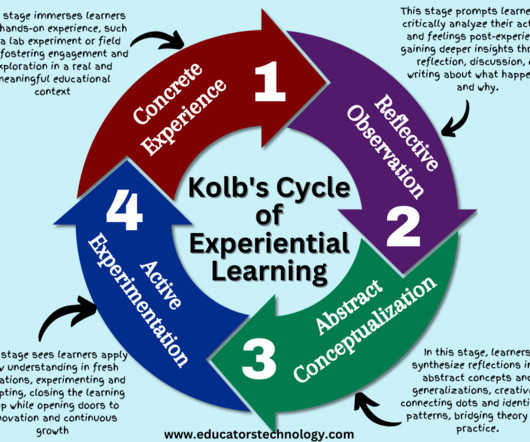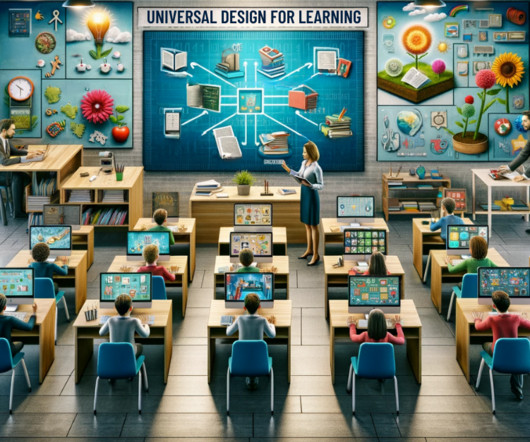Defending the liberal arts: How my students took the higher-learning plunge, from the banks of the St. Lawrence
The Hechinger Report
OCTOBER 3, 2016
Reading, writing assignments, presentations and discussions covered history, cultural difference, environmental manipulation and what was technically possible. At the same time, the students learned why Canadians wanted the project and they came to understand the ever-present frictions in the intimate Canada-U.S.
















Let's personalize your content